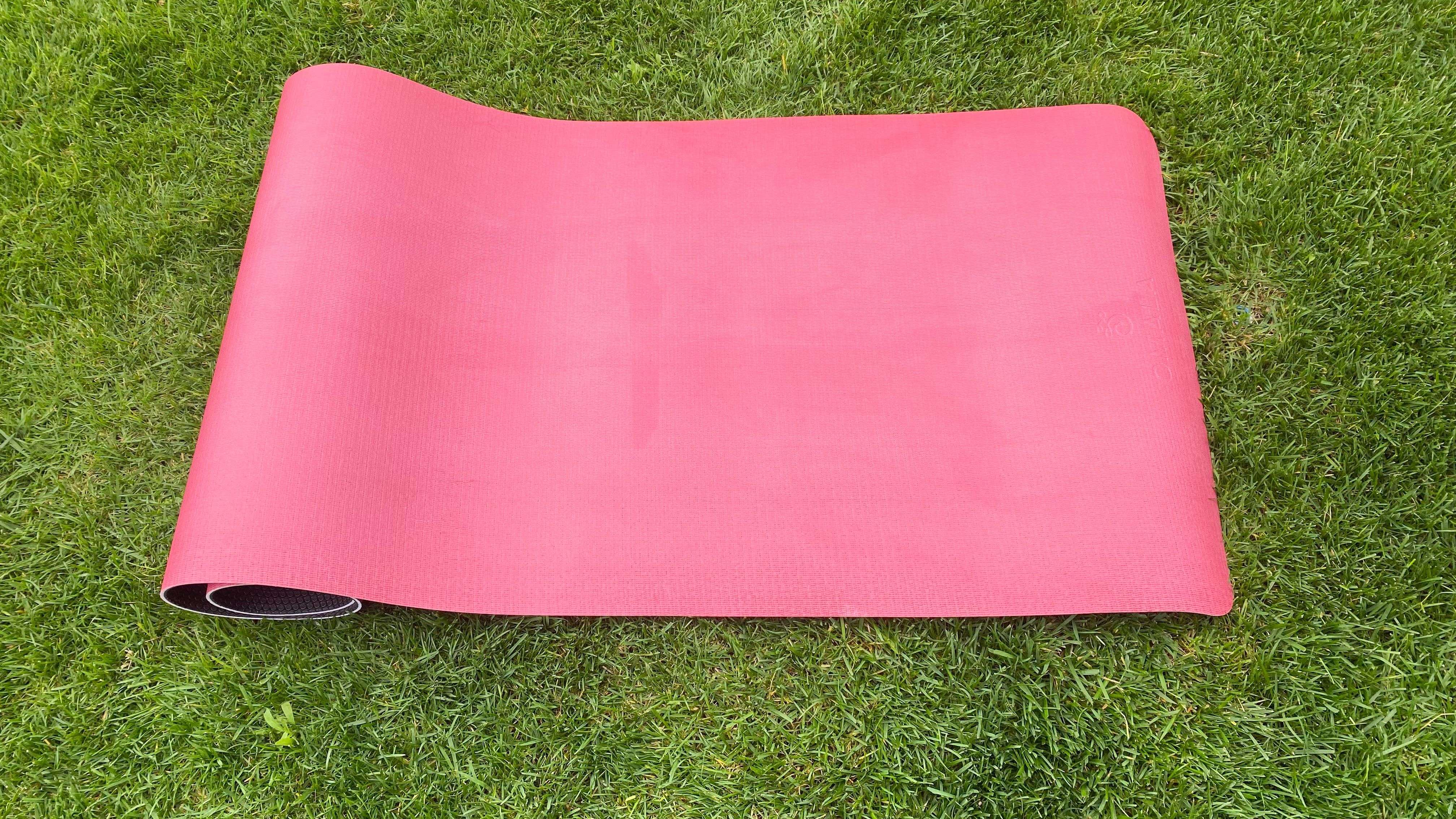
Nov 18,2024
Yoga is a journey of self-discovery, balance, and well-being. While poses, breathing, and meditation form the core of your practice, the foundation—your yoga mat—is just as crucial. A yoga mat isn’t just a surface; it’s your partner in achieving mindfulness and maintaining balance. Choosing the right thickness for your yoga mat can greatly enhance your experience. Whether you’re a beginner or a seasoned yogi, this guide will help you make an informed decision.
The thickness of your yoga mat affects your stability, comfort, and connection to the ground. A mat that’s too thin can cause discomfort during poses, while one that’s too thick might make it harder to maintain balance. Finding the perfect balance depends on your practice style, body type, and personal preferences.
Yoga mats come in a variety of thicknesses, typically ranging from 1/16 inch (1.5 mm) to 1/4 inch (6 mm). Here’s a breakdown of the most common options:
1. Thin Mats (1/16 inch or 1.5 mm): Lightweight and easy to transport, these mats are ideal for travelers and those practicing styles like Ashtanga or Bikram yoga.
2. Standard Mats (1/8 inch or 3 mm): The most popular choice, offering a balance of comfort and stability suitable for various yoga styles.
3. Thick Mats (1/4 inch or 6 mm): Designed for those seeking extra cushioning, particularly useful for restorative yoga or practitioners with sensitive joints.
1. Your Yoga Practice Style
The type of yoga you practice plays a key role in determining the mat thickness you need.
● Dynamic styles like Vinyasa or Power Yoga: A thinner mat enhances stability during fast-paced movements.
● Gentle or Restorative Yoga: A thicker mat provides more cushioning for longer-held poses.
2. Joint Sensitivity
If you have sensitive knees, wrists, or other joints, a thicker mat (1/4 inch or more) can offer the support you need. On the other hand, those with no joint issues might prefer the stability of a thinner mat.
3. Portability
Frequent travelers or yogis who carry their mats to and from classes will appreciate the lightweight nature of thinner mats. Thicker mats, while comfortable, tend to be heavier and bulkier.
4. Surface and Flooring
● Hard floors: Opt for thicker mats to reduce pressure on your joints.
● Carpeted floors: A thinner mat can suffice, as the carpet provides additional cushioning.
Thin yoga mats, usually around 1/16 inch thick, are favored for their portability and ability to foster a stronger connection to the ground. This is especially beneficial for balance-focused poses like Tree Pose or Warrior III. Additionally, they’re easier to clean and store, making them an excellent choice for minimalists.
Thick mats, measuring 1/4 inch or more, excel in comfort and joint protection. They are ideal for seated poses, prolonged meditation, and practices where you spend extended time on your back or knees. However, they can feel less stable during standing poses, so they may not be the best for dynamic styles.
Yoga mats are made from materials like PVC, TPE, natural rubber, and cork. Each material has unique properties that can affect the feel of the mat’s thickness:
● PVC: Durable and often used for thinner mats with good grip.
● TPE: Eco-friendly and offers a soft, cushioned feel.
● Natural Rubber: Dense and provides excellent traction, suitable for both thin and thick mats.
● Cork: Naturally antimicrobial and offers a firm surface, ideal for those who prefer thin mats.
Beginners should consider a standard mat thickness of 1/8 inch (3 mm). This provides a balance of cushioning and stability, allowing you to experiment with different yoga styles before committing to a specific mat type.
Experienced yogis often gravitate toward thinner mats. Their proficiency in balance and alignment allows them to benefit from the stability and ground connection these mats provide. However, advanced practitioners of restorative yoga may still prefer thicker mats for comfort.
Before purchasing, try a few poses on different mats. Pay attention to how your joints feel during pressure-intensive poses like Child’s Pose or Downward Dog. The right mat should support your practice without causing discomfort.
Regardless of its thickness, proper maintenance is key to prolonging your yoga mat’s life:
● Clean regularly: Use a mild, eco-friendly cleaner.
● Store properly: Keep your mat in a cool, dry place.
● Avoid excessive sunlight: UV rays can degrade the material over time.
Your yoga mat is more than just a tool—it’s a foundation for your journey toward mindfulness and physical well-being. Choosing the right thickness ensures comfort, stability, and a deeper connection to your practice. By considering your style, joint health, and environment, you can find the perfect mat to support your yoga goals.
Invest time in selecting a yoga mat that aligns with your needs, and enjoy a fulfilling, transformative practice